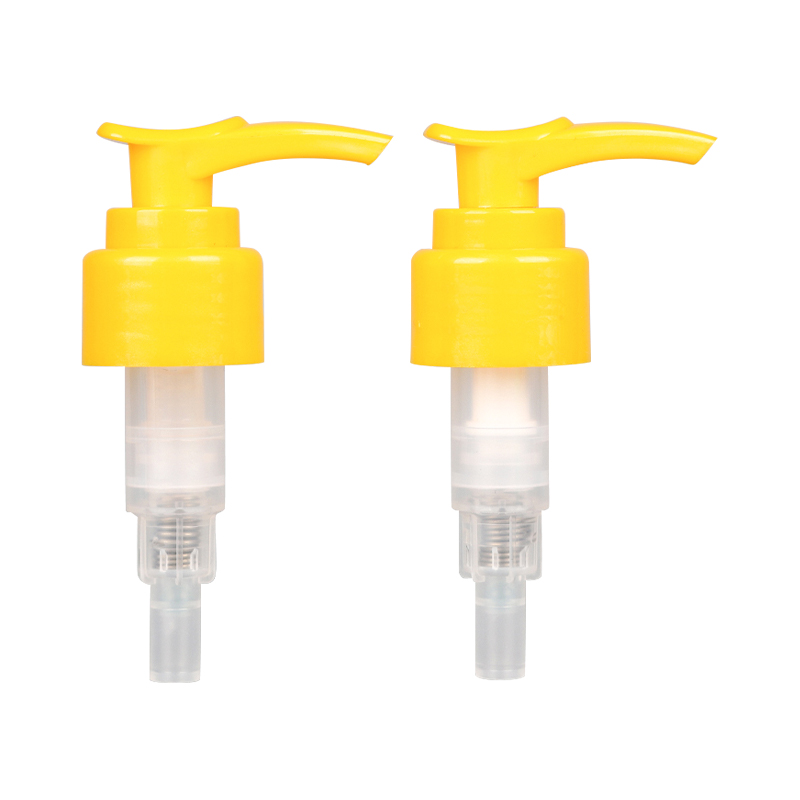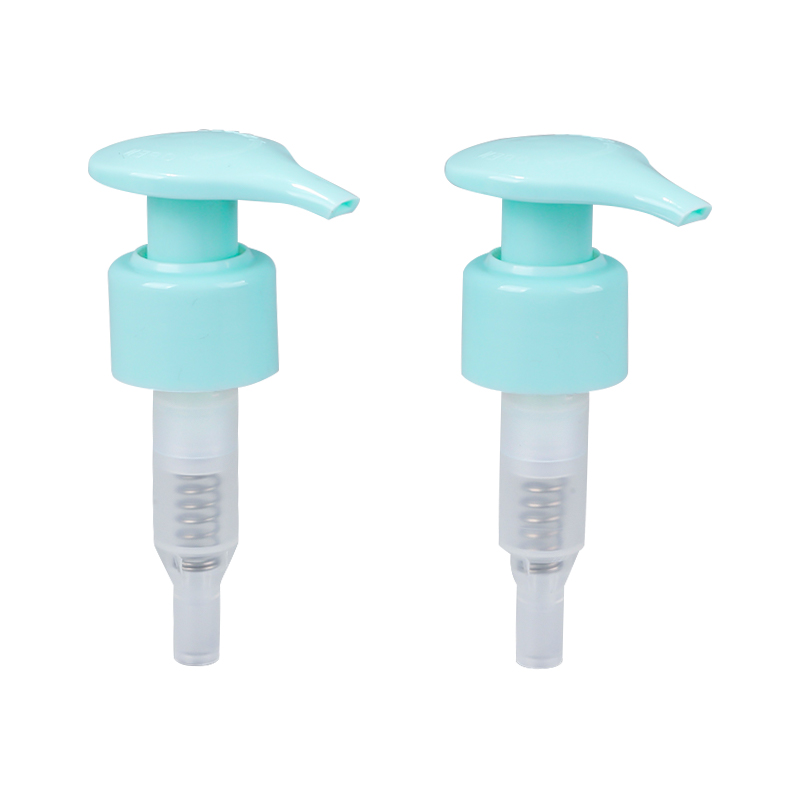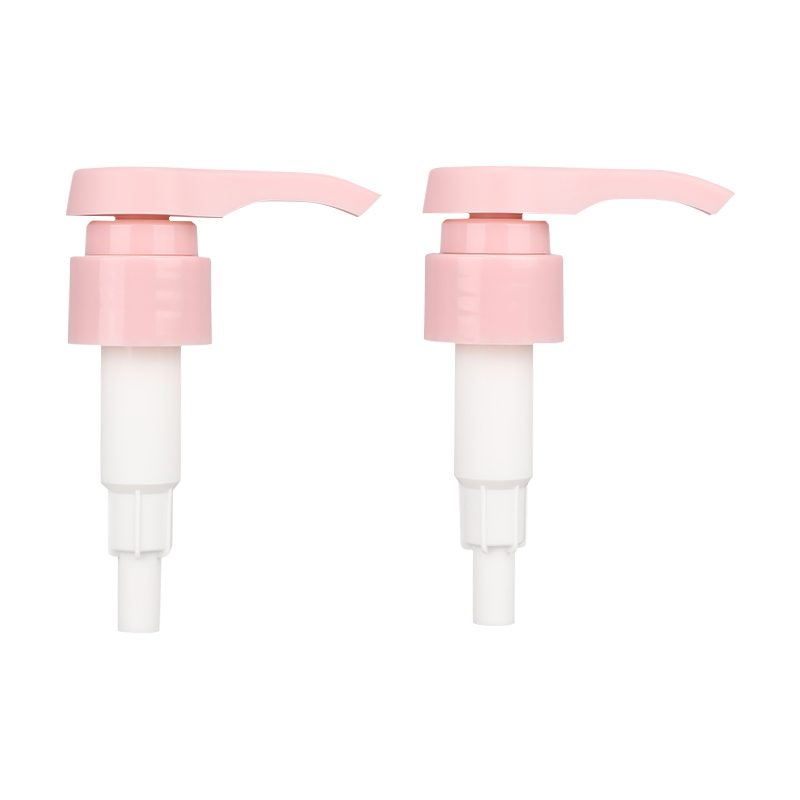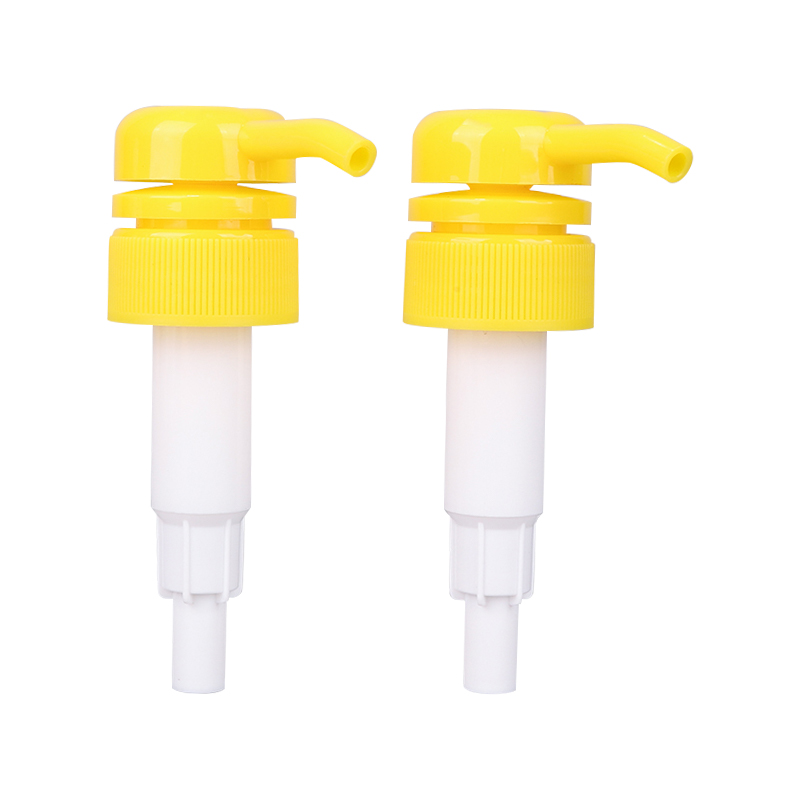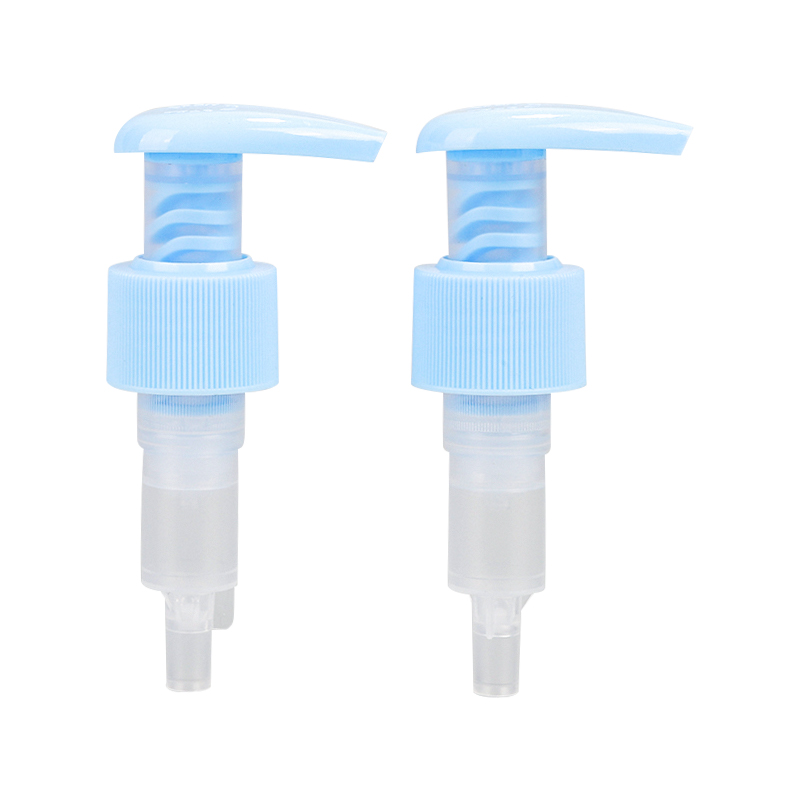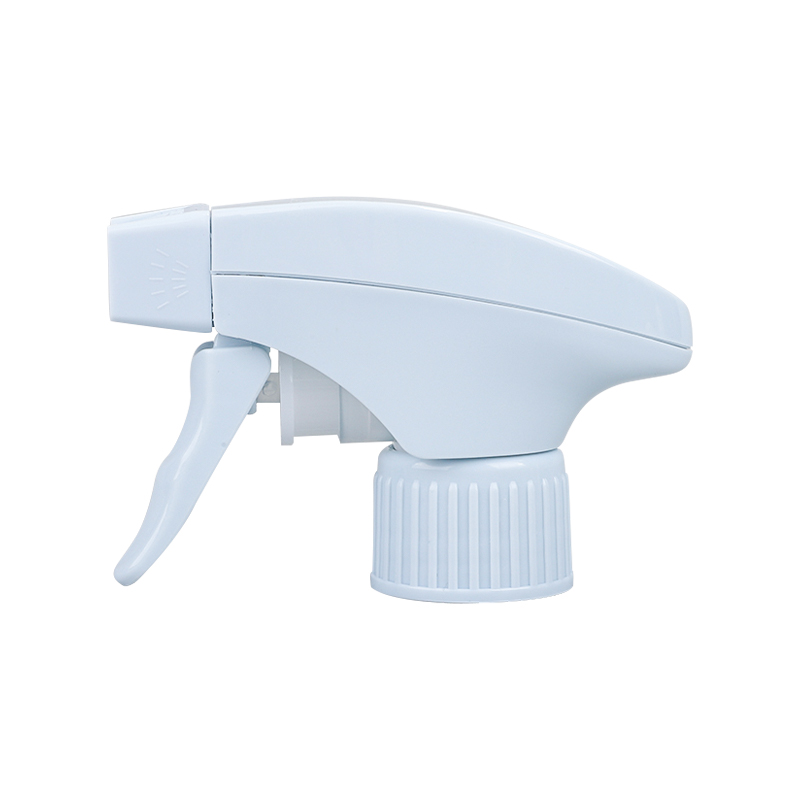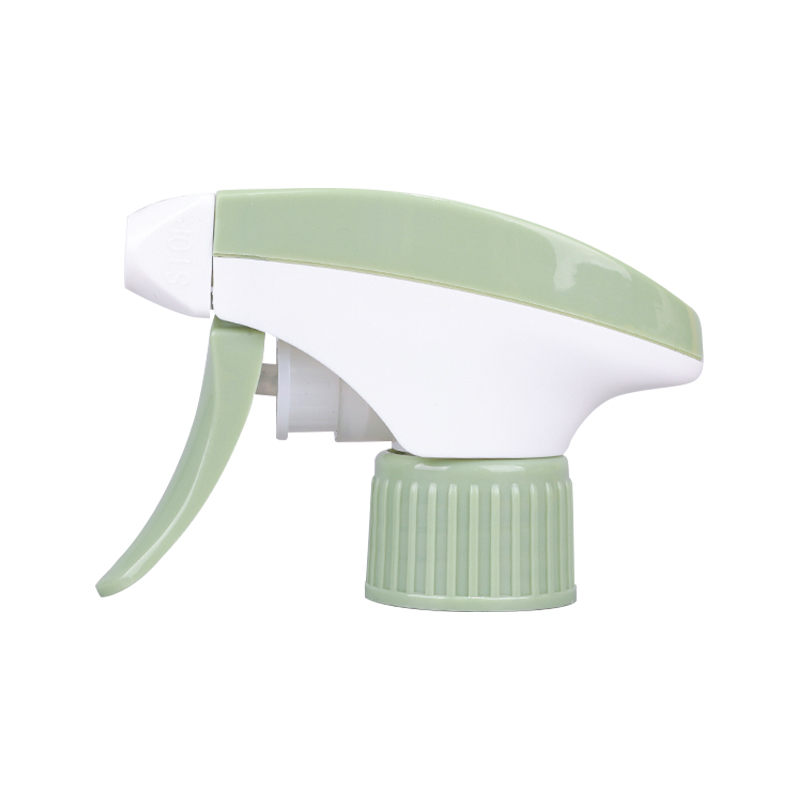1. Accurate and Consistent Dispensing
The primary advantage of a cream pump is its ability to ensure precise, consistent portions with each actuation. This consistency is essential in both small and large-scale food production, where uniformity in flavor and presentation is crucial.
The precision offered by the cream pump eliminates the variability associated with manually measuring or pouring cream. In commercial settings such as restaurants, hotels, or cafeterias, this precision ensures that each dish or drink prepared maintains consistent quality, contributing to customer satisfaction. For instance, a recipe that calls for 50 ml of cream per serving can be reliably executed with a cream pump set to dispense exactly 50 ml each time. This ensures that each serving meets the chef's specifications, which is essential for maintaining high standards in food quality and consistency.
Moreover, the ability to calibrate the cream pump ensures that, regardless of the kitchen's workload or speed, the cream is dispensed in the right amounts. This is especially helpful in large-scale food service environments, where efficiency without compromising quality is key.
2. Reducing Waste and Overuse
One of the most significant operational challenges in food production is the overuse of ingredients, particularly expensive ones like cream. Overuse not only leads to higher ingredient costs but also results in unnecessary waste, which can negatively impact the profitability of a business.
The cream pump plays a critical role in minimizing this waste. By ensuring that only the exact amount of cream needed for each dish or beverage is dispensed, it significantly reduces the likelihood of overpouring. Since the cream is dispensed in pre-determined, measured portions, the amount used is precise and consistent with the recipe requirements. This also leads to better inventory management, as ingredients are utilized more efficiently, contributing to better food cost control and sustainability.
In situations where multiple ingredients are being prepared simultaneously (e.g., several dishes or beverages requiring cream), the cream pump can provide rapid dispensing without the risk of measuring errors, reducing waste across the entire operation. By mitigating the risk of overuse, businesses can maintain better control over their ingredient consumption and ensure that portions are aligned with recipe requirements.
3. Improved Portion Control for Recipes
In many culinary applications, particularly in mass food production or food service operations, portion control is paramount for consistency. This is especially true for recipes that rely on precise amounts of cream to achieve the correct texture, taste, and visual appeal.
The cream pump ensures that each portion of cream added to a dish or drink is in line with the recipe's specifications. Whether it's used for beverages like lattes, desserts like whipped cream fillings, or savory dishes like soups or sauces, the cream pump can guarantee that each serving meets the intended balance of ingredients. In high-volume kitchens, this means less time spent on measuring and more time for food preparation, which ultimately increases productivity while ensuring consistency.
Additionally, using a cream pump prevents the scenario where too much or too little cream might be added by hand, which could alter the dish’s intended flavor or texture. By adhering to a precise dispensing mechanism, chefs can confidently recreate recipes time after time, ensuring each serving has the perfect balance of cream without compromising the overall dish.
4. Simplified Workflow and Speed
In fast-paced kitchen environments, especially during peak service hours, speed is crucial. Using a cream pump simplifies the process of adding cream to recipes, allowing kitchen staff to work more efficiently. The pump delivers a consistent portion every time, removing the need for individual measurements and reducing the time it takes to prepare each dish or beverage.
In busy café, for instance, a cream pump can be used to quickly dispense cream into coffee drinks, ensuring that the right amount is added without slowing down service. The efficiency of the pump reduces wait times for customers and minimizes the chance of errors, which improves overall customer satisfaction.
Moreover, for large-scale operations like catering services or food production facilities, the ability to dispense cream rapidly in uniform portions streamlines the production process, ensuring that large quantities of food or beverages are prepared in the shortest time possible without sacrificing quality.
5. Minimizing Human Error
Human error is inevitable in high-pressure kitchen environments, where staff must juggle multiple tasks at once. Manual measuring or pouring of ingredients like cream can lead to mistakes, whether it's adding too much or too little, which can affect the final product. A cream pump significantly reduces the risk of such errors by dispensing the exact amount of cream required.
This precision in dispensing is especially beneficial in large kitchens where recipes need to be followed strictly to maintain consistency. By automating the portioning process, the cream pump ensures that the risk of mistakes is minimized, even during the busiest times. This not only improves the quality of the food but also reduces the likelihood of wasting ingredients due to incorrect measurements.

 English
English русский
русский Français
Français Español
Español italiano
italiano
